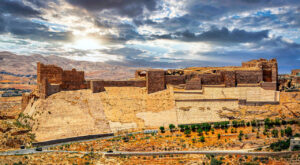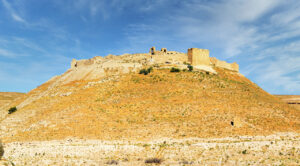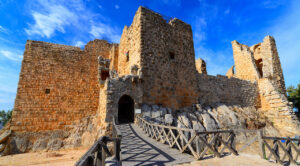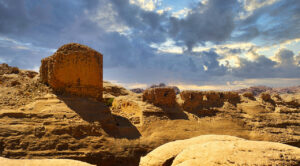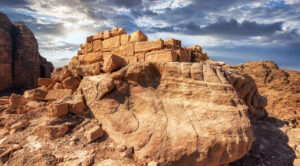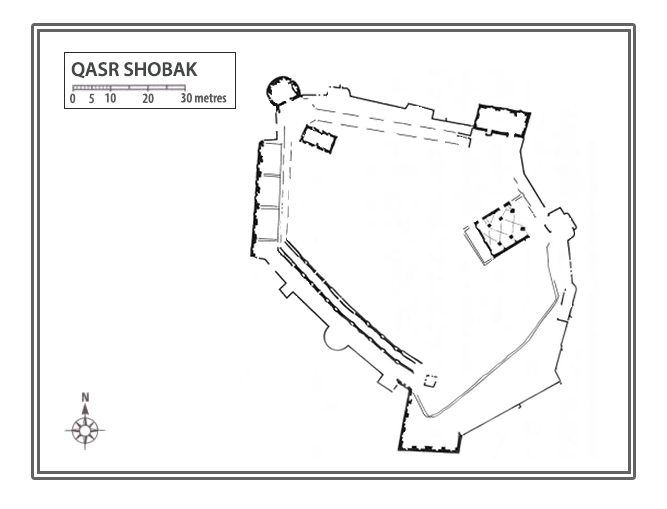Shobak Castle (Montreal), located on a hilltop site that is separated from the rest of the plateau of Edom, was the first Crusader fortress in a line of strongholds in Oultrejourdain, the territory East of the river Jordan. Baldwin I King of Jerusalem ordered its construction in 1115 to control the caravan routes between Syria and Egypt. Despite its appearance, the Edom plain was a relatively fertile location, which made the site, along with its strategic importance, highly desirable. One of the major disadvantages of all Crusader castles in the Middle East was the lack of a reliable source of water. This problem was solved by the construction of a tunnel down the hill to two spring-fed cisterns. The tunnel allowed defenders to go and retrieve water without exposing themselves to any attackers.
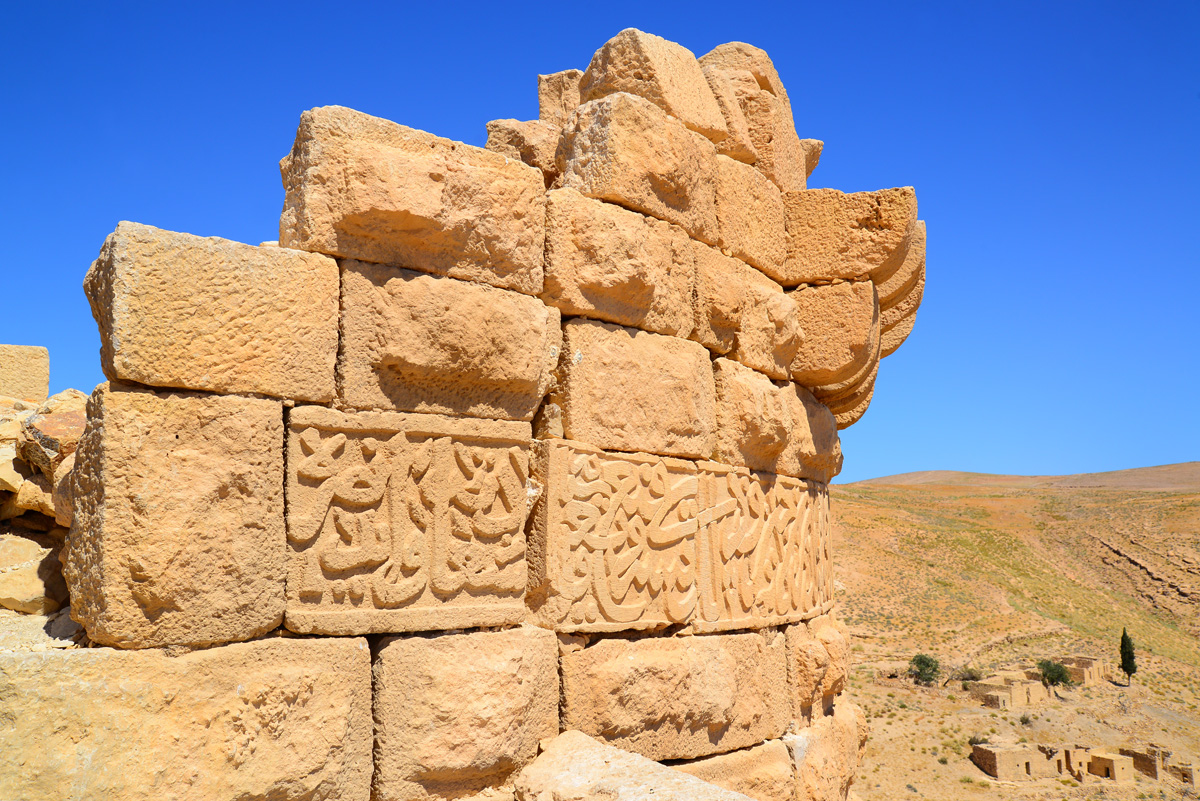
The fortress remained in Ayyubid hands for 70 years. They fortified the walls and embellished the complex with carved inscriptions, palatial quarters and gardens. From 1262 on, the Mamluks made the castle their administrative centre in South Jordan. Later modifications and also damages are related to the military actions of the Ottomans (19th century) and the settlement of a dozen families until modem times.
At the entrance to the castle, there are remains of wells and a reconstructed church, one of two in the castle. It has an elegant apse supported by two smaller alcoves. The room leading off to the west was the baptistery. Further up the road, there is a large two-storey building with archways, built by the Crusaders but adapted by the Mamluks as a school. At the northern end of the castle is the semicircular keep with four arrow slits. Outside, dark steps lead down to the prison. At the northeastern corner of the castle, there are Quranic inscriptions, possibly dating from the time of Saladin, carved in Kufic script around the outside of the keep.
At the centre of the castle, you can find the entrance to the court of Baldwin I, which has been partly reconstructed and the second church with a carving of a Crusader cross above the door. Beneath the church is catacombs, which contain Islamic tablets, Christian carvings, large spherical rocks used in catapults and what is said to be Saladin’s very simple throne. From the catacombs, the path leads back to the gate. There are also 375 steps descending into an amazing secret passageway that leads to a subterranean spring, finally surfacing via a ladder outside the castle, beside the road to Shoubak town.
There have been long-standing plans to bring the history of the Castle to life with a local re-enactment company, but the tourism doldrums seem to have put this on hold.
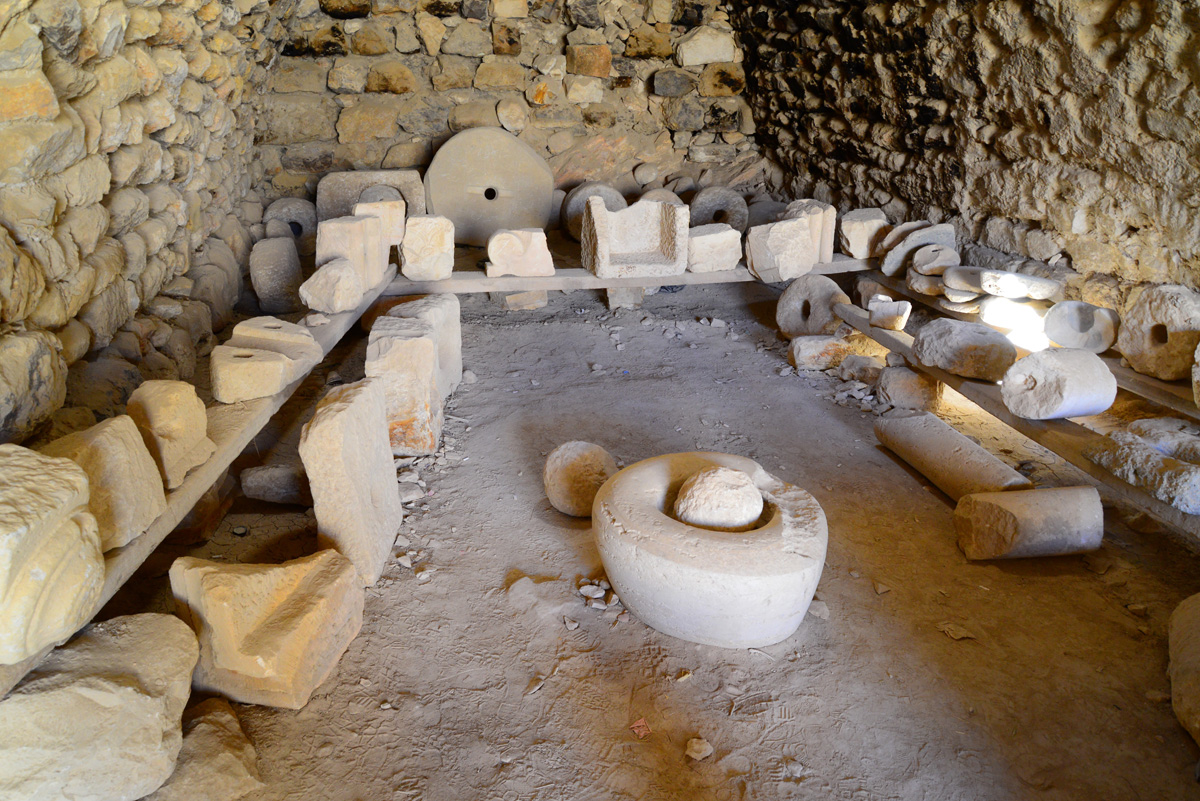
Shobak Castle was built in 1115 by Baldwin I of Jerusalem during his expedition to the area when he captured Aqaba on the Red Sea. Originally called ‘Krak de Montreal’, it was named in honour of the king’s contribution to its construction (Mont-Royal). It remained the property of the royal family of the Kingdom of Jerusalem until 1142 when it became part of the Lordship of Oultrejordain. At the same time, the centre of the Lordship was moved to Karak, a stronger fortress to the north of Shobak. Along with Karak, the castle owed sixty knights to the kingdom. The first Lord of Oultrejordain was Philip of Nablus. It was held by Philip de Milly, and then passed to Raynald of Chatillon when he married Stephanie de Milly.
Raynald used the castle to attack the rich caravans that had previously been allowed to pass unharmed. He also built ships there, and then transported them overland to the Red Sea, planning to attack Mecca itself. This was intolerable to the Ayyubid sultan Saladin, who invaded the kingdom in 1187. After capturing Jerusalem, later in the year, he besieged Shobak. Because of the hill, Saladin was unable to use siege engines, but after almost two years the castle finally fell to his troops in May 1189. After its capture, Salah al-Din awarded it to his brother, al- Adil who held it until after his brother’s death in 1193.
During negotiations between the crusaders and the Ayyubids in 1218-19, the Ayyubids’ unwillingness to hand back over the ownership of Shobak and Karak was a major reason the negotiations broke down. In 1261, the Mamluk Sultan Baybars stormed the castle bringing it under the control of Egypt.
